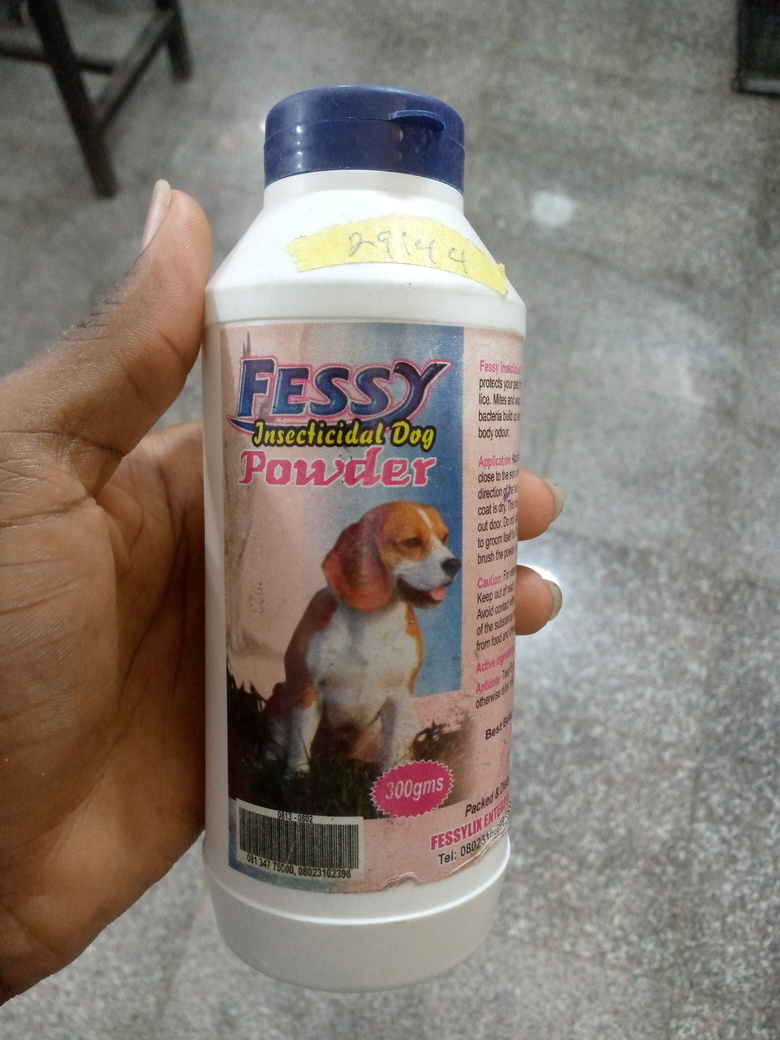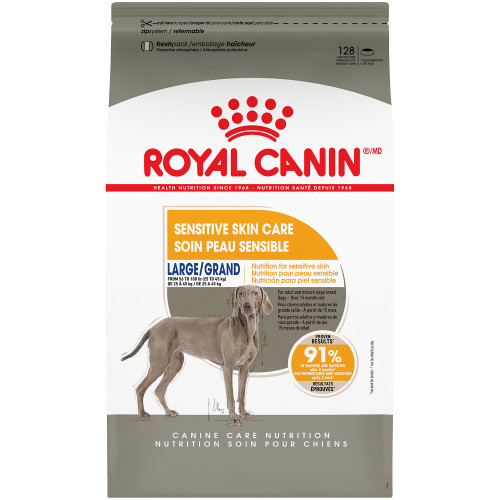Fessy insecticida dog powder protects your dog form tick, flea, lice, mite and wasp. It reduces bacteria build up and controls body odour.
Fessy insecticida dog powder Application: Apply the powder close to the skin opposite direction of the hair only when the coat is dry. This should be done out door. Do not allow the animal to groom itself for 30 mins then brush the powder off the coat.
Fessy insecticide dog powder Caution: For veterinary use only keep out of reach of children. Avoid contact with eyes. Inhalation of the substance and keep away from food and drinking water
Strategic requirements for successful flea control in dogs and cats
There are certain strategic conditions that ensure successful flea population control in a household when using products for monthly administration (spot-ons, tablets, etc.). If they are not followed, many fleas will be killed, but the problem won’t be solved.
And keep in mind, that if you don’t perceive a flea problem, it doesn’t mean that there are no fleas. There may be a lot of pre-emerged adult fleas in the household waiting for good hatching conditions inside the cocoons.
All dogs and cats in a household must be treated
All dogs and cats can breed fleas. It happens sometimes, that in multi-pet households only one pet “shows” flea problems. This doesn’t mean that the other pets don’t have fleas, just that they are more tolerant. But all fleas reproduce and re-infest the environment with eggs. Therefore all pets have to be treated consequently.
If there are other small animals (e.g. guinea pigs, mice, rats, rabbits, etc.) in the same household, it is very likely that they have fleas as well and should be treated too. However, most dog and cat flea products are not approved for use on such other pets. In this case ask your veterinary doctor for advice.
Treatments must start at the onset of the flea season
The reason is simple. At the beginning of the flea season, the first generation of fleas hatch out of their cocoons and quickly find a host for blood feeding. These cocoons have overwintered in the environment. This first generation is usually not very numerous, maybe a dozen fleas. But uncontrolled, they will quickly produce thousands of eggs and hundreds of fleas in very few weeks. The few fleas of the first generation usually remain unnoticed by most pet owners. Therefore the first treatment should not wait until a flea problem is “perceived” but must be done as soon as possible: Around April in very cold regions (e.g. Canada, Scandinavia, etc.); already in March or February in less cold regions.
In many warm regions, seasonality is often driven by humidity rather than by temperature. Flea numbers will decline by dry weather and increase in the rainy season. The same rule applies: start the monthly treatments a few months before the problem usually “appears”, i.e. before it is usually perceived.
In regions with constant hot and humid weather fleas are usually a year-round problem: it doesn’t matter when to start. The key is to treat all pets in the household and to strictly keep the monthly intervals.
Treatment must continue during the whole flea season
In the cold regions of both hemispheres the flea season may last for 4 to 5 months, and the warmer it gets towards the tropics, the longer the season. It is crucial not to interrupt the treatments during the season, even if no fleas are “perceived” after a few treatments. As already explained, hatching of overwintering fleas out of their cocoons is staggered for weeks and even months. And pets can catch fleas outdoors. If such fleas are not killed, they will re-infest the household again. To ensure that they are killed, monthly treatments should not be interrupted.






